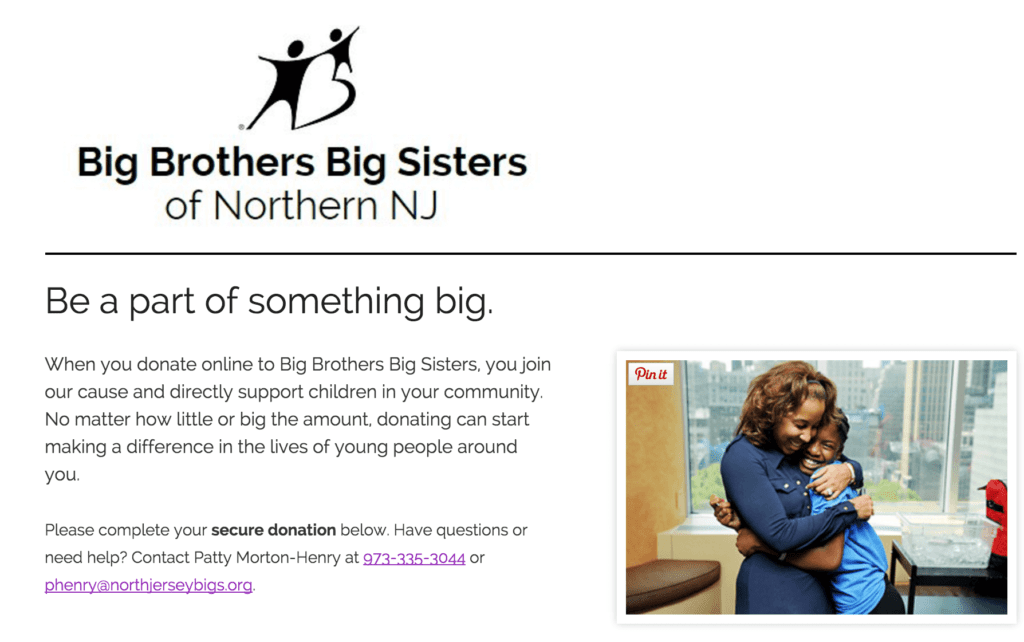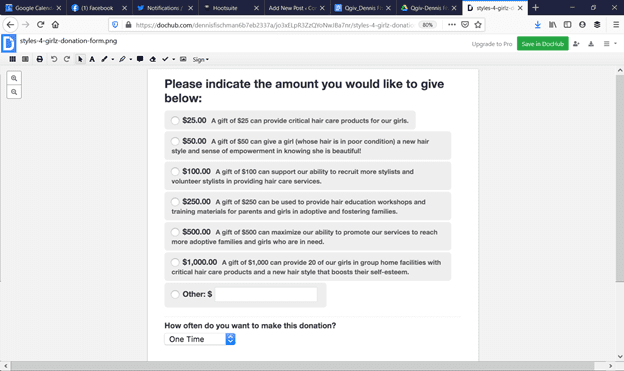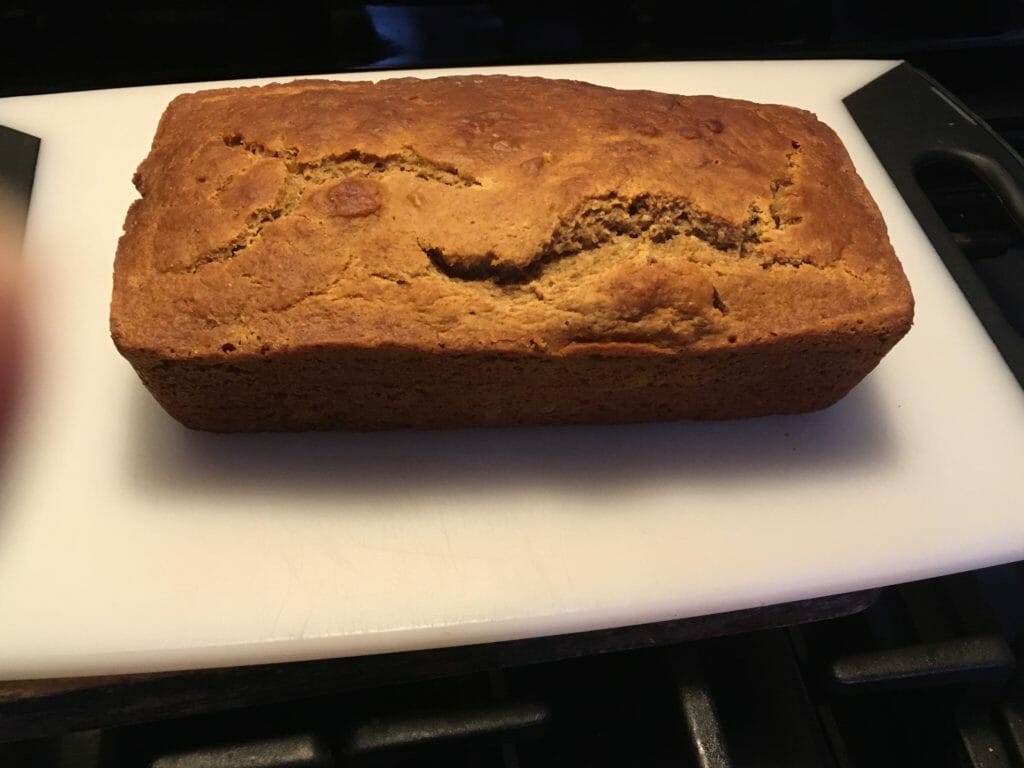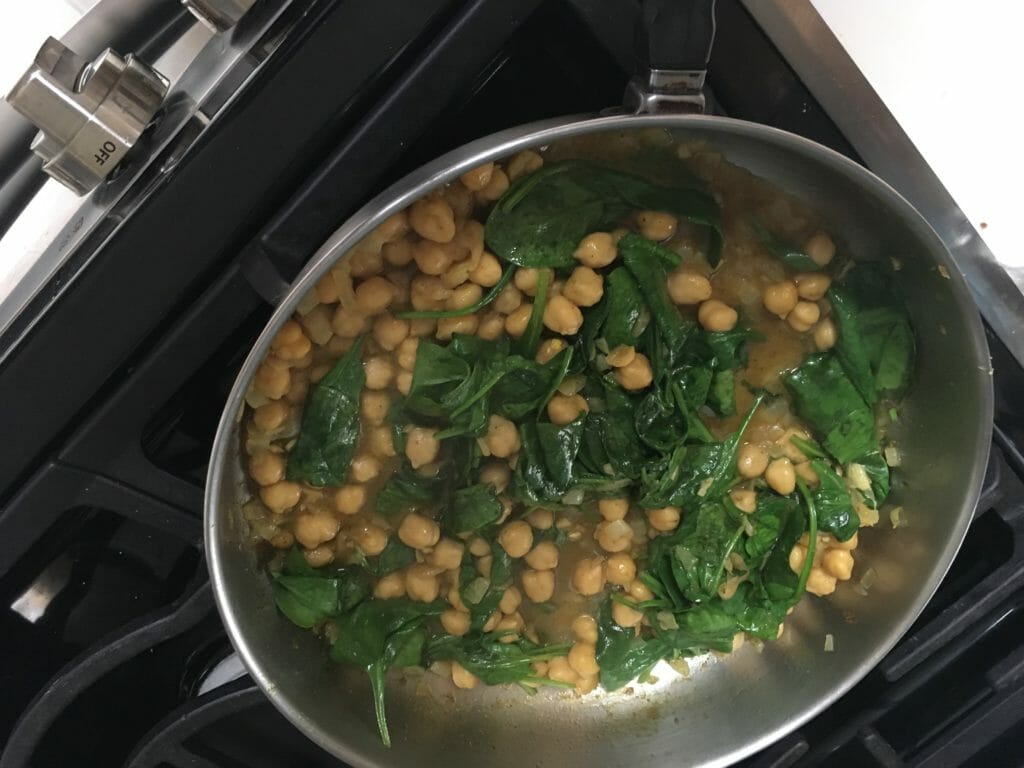A guest post by Sarah Fergusson of Cornershop Creative
As we move into the second half of 2021, it’s starting to become clear which trends are here to stay. Digital fundraising and marketing have become necessary for most nonprofits. Even non-fundraising experts say establishing an online presence is a smart move.
Fundraising professionals might be aware of how other nonprofits have found success but be unsure if they can replicate those results without knowing why certain strategies worked. In many cases, it’s easier to point out the keys to future development after the data has been collected than navigate the cutting edge of new trends.
To help your nonprofit understand how to advance your digital fundraising campaign, this article will discuss three key trends that are likely to bring the positive change your nonprofit is looking for:
- Focus on moderate donors.
- Host online and hybrid events.
- Apply SEO best practices.
1. Focus on moderate donors.
Not every supporter has the capacity to become a major donor. Major donors often contribute a large percentage of a nonprofit’s donation revenue. However, this doesn’t mean you should let your other donors go neglected. Many nonprofits have improved their overall fundraising by focusing on growing their moderate donors.
Moderate donors provide what could be considered average donations to your nonprofit. Over time, these donors have the potential to increase their donations significantly by:
- Becoming monthly donors. Many moderate donors make great candidates for your monthly giving program. For instance, a donor who gives $100 per year may not have the capacity to become a major donor who gives upwards of $1,000 annually. However, they might be able to give $10 a month, increasing your nonprofit’s yearly earnings by $20. Of course, no matter how much they’re able to give, be sure to maintain your relationships with recurring donors by thanking them regularly.
- Donating planned gifts. While moderate donors may not be able to give in large quantities now, they might be able to do so later on in life. Planned gifts allow otherwise modest donors to make large one-time contributions to nonprofits they have a strong connection with.
- Helping your nonprofit make connections. As Double the Donation’s prospect research guide explains, some donors may have business affiliations that your nonprofit can leverage to earn increased giving. A moderate donor may not have the capacity to make a major donation themselves, but they might be able to help your nonprofit establish an in-office giving program at their place of employment.
Use your CRM to identify your moderate donors, then reach out to them about the ways they can expand their giving potential. From there, use your prospecting tools and collected data to create a personalized donor experience. Building connections with many moderate donors can be your nonprofit’s first step towards creating a successful recurring giving, planned giving, or workplace giving program.
2. Host online and hybrid events.
While social distancing made online events a necessity, moving into the latter half of 2021, these events are still here to stay. For many of your supporters, hybrid and online events provide more opportunities for getting involved and are a welcome addition to fundraising calendars.
Online and hybrid events might lack a face-to-face component, but you can still use your technology to build connections by:
- Live-streaming events. Make sure all of your donors can participate in your events, whether they’re attending in person or from home. Live-streaming lets your donors connect with your event right when it’s happening, no matter where they are. Plus, a live-stream chat lets them stay connected and participate in your events’ discussions and presentations.
- Using custom software. Use hybrid and online events as a chance to get creative with how you engage donors. Get in touch with a nonprofit software developer to build custom, interactive tools that can accompany your events. For example, you might develop a unique mobile app to let donors stay in touch while on-the-go.
- Tracking donor data. You can gather data on your donors from in-person and online events. However, there are a few data points unique to online gatherings. For instance, you might monitor where your donors are tuning in from to help gauge your nonprofit’s overall reach or get a sense of where your supporters are localized.
Whether online or in-person, events can also earn your nonprofit additional donations. When your event ends, ask your volunteers to check if they’re eligible for a grant. Volunteer grants are donations made by your volunteers’ employers. Most volunteer grant programs require volunteers to work a specific number of hours, so make sure to keep a log of your volunteers’ time.
3. Apply SEO best practices.
Most professionals working at organizations that operate online have heard about search engine optimization and likely understand that it’s important. While most major search engines keep the specifics of what makes a page rank highly under lock and key, nonprofits can still improve their website’s organic traffic by following a few proven SEO strategies:
- Leverage location data. Search engines take location data into account, which means that your nonprofit is more likely to come up in the search results for locals in your area. Make sure to fill out your location data and provide relevant information about where you are located to appeal to supporters who live nearby.
- Make your website accessible. Increasing your website’s usability also increases its likelihood to rank high on a search results page. Add alternative text to your images, and make sure your links are marked by indicative text rather than generic “click heres.”
- Target specific keywords. If you’ve ever searched for “nonprofits” or “charities,” the results have likely been for major websites such as Wikipedia and Facebook. While your nonprofit may not have much luck competing against these digital giants, you can find success by targeting keywords directly related to your nonprofit. For example, an animal shelter will likely find more success by focusing on keywords such as “[your state] no-kill animal shelters” rather than “animal shelter.”
Most nonprofit fundraising professionals can implement basic SEO best practices without being experts in web design and marketing. If your nonprofit’s leadership wants to take your digital marketing to the next level, consider seeking out a consultant.
Not every digital marketing consultant follows the same practices. Cornershop Creative’s guide to nonprofit consultants showcases the wide range of consulting options available. Compare your options and send a request for proposal before signing up with a firm.
Sarah Fergusson – Director of Digital Strategy at Cornershop Creative
 Self-described as a “non-profit junkie,” Sarah has dedicated her career to serving the needs of the non-profit sector. Her project management experience spans a variety of non-profit management disciplines including strategic planning, community engagement, capacity building, fundraising and research. She has worked both in and for the non-profit sector at the Feminist Majority Foundation, the Sadie Nash Leadership Project, and the consulting firms The Lee Institute and The Curtis Group.
Self-described as a “non-profit junkie,” Sarah has dedicated her career to serving the needs of the non-profit sector. Her project management experience spans a variety of non-profit management disciplines including strategic planning, community engagement, capacity building, fundraising and research. She has worked both in and for the non-profit sector at the Feminist Majority Foundation, the Sadie Nash Leadership Project, and the consulting firms The Lee Institute and The Curtis Group.
With her ever expanding non-profit tool belt, Sarah joined Cornershop Creative to tap into her techie, creative side, while developing meaningful partnerships with her clients to help them more effectively achieve their goals.




